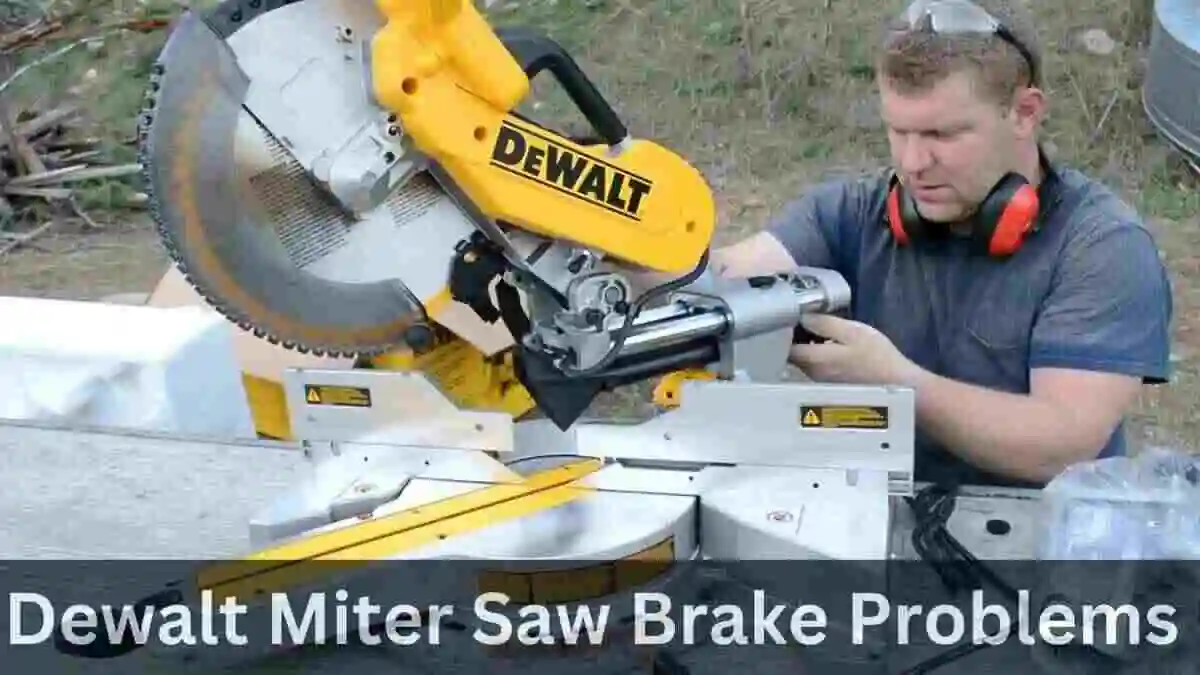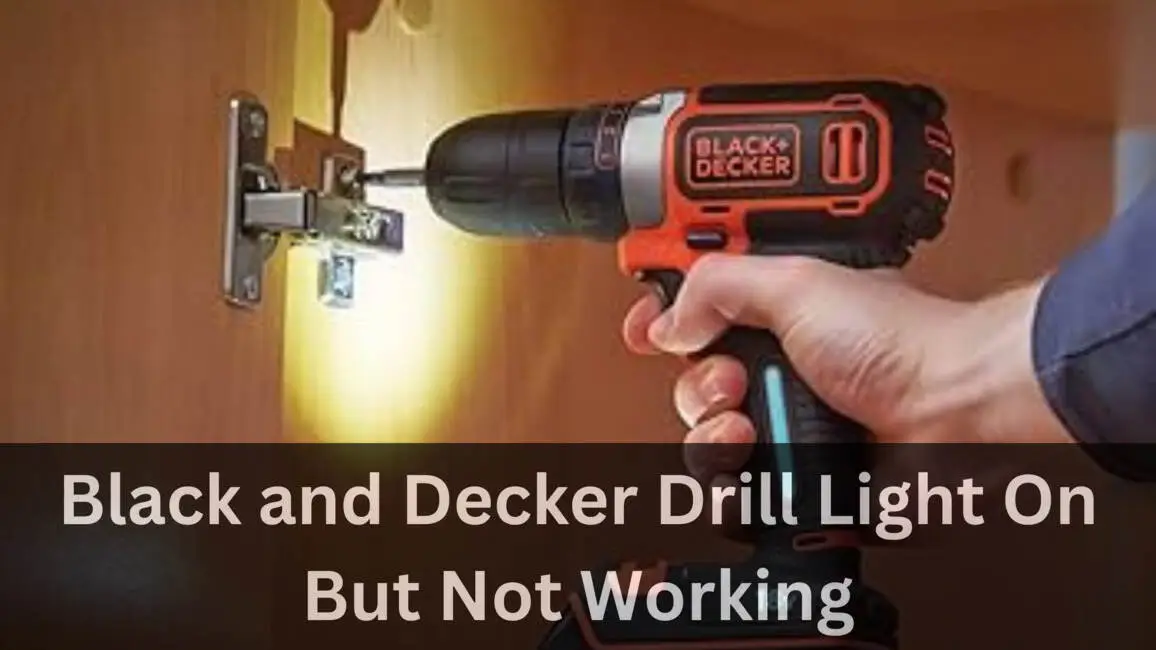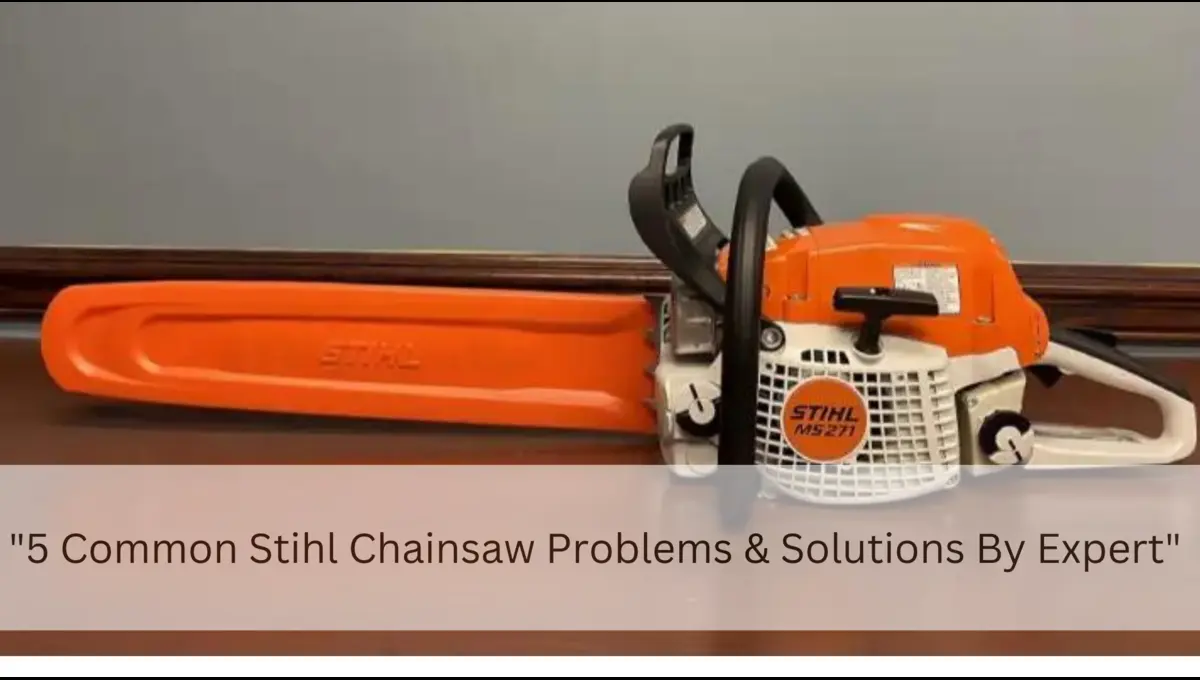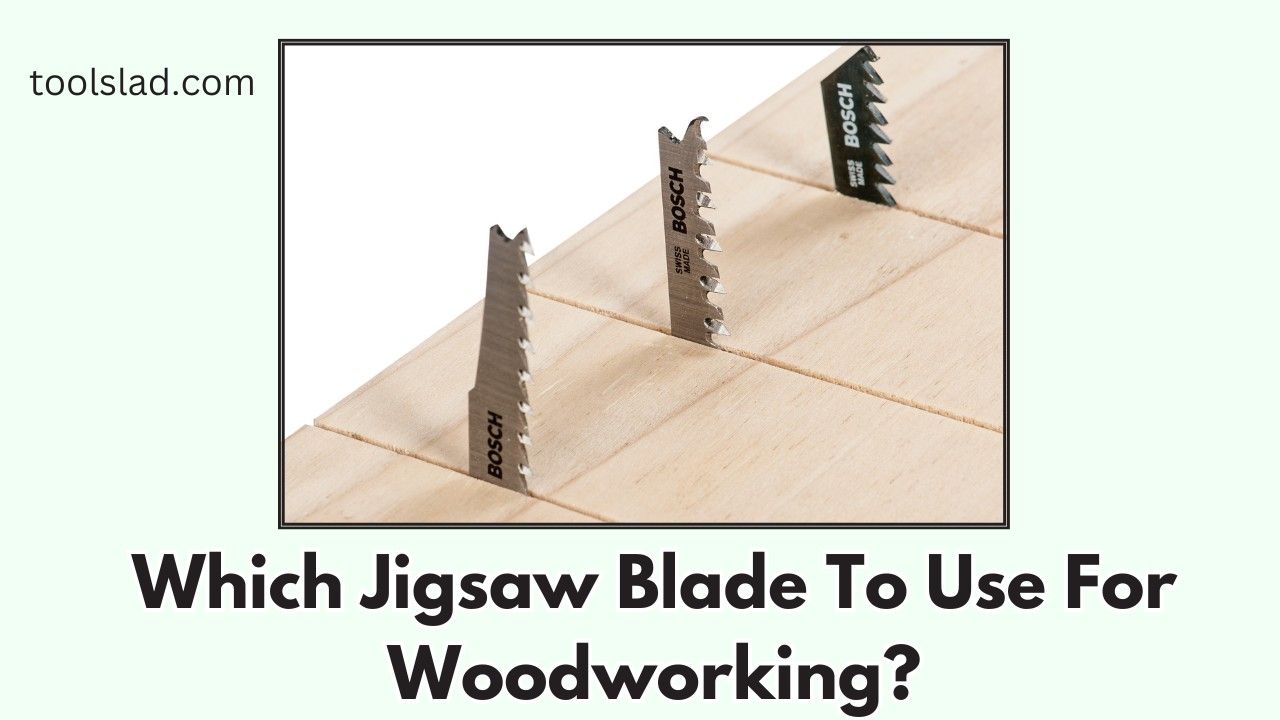Makita tools manufacturer brand provides a broad range of drills, including corded and cordless models. This allows users to choose a drill that best fits their needs, whether for professional construction work or DIY home projects.
But they are not faultless, like other issues their users also face problem of Makita drill light comes on but not working. In this article we will look at this issue in detail for how you can fix particularly this problem.
Important Information To Read:
This information is particularly for all drills in general so it is true for each and every drill machine. Drill machines are seemingly easy to use, but they are not. So problem might occur because you have not read the user manual carefully if you have just bought drill and facing issue.
If you are sure that problem lies with the machine so search for warranty, if their is any warranty provided by company for drill as whole or for some of its parts. If the warranty period has ended then go for fixes mentioned below to fix machine yourself.
Makita Drill Light Comes ON But Not Working (11 Possible Issues with Fixes)
1. Battery Issues:
The Lithium-Ion battery in your drill has a limited lifespan. Regular use tends to wear down the battery over time, while infrequent use or long periods of inactivity can cause the battery to lose its charge and effectiveness. If you experience problems such as the drill stopping unexpectedly or not charging properly, it could be due to battery issues.
To determine if the battery is the problem, start by checking the battery and its connections. Make sure the battery is properly inserted into the drill; incorrect placement can cause the drill to stop working intermittently.
Next, use a multimeter to measure the battery’s voltage. A fully charged battery should show a voltage reading at least 1 volt higher than what is stated on the battery label. For instance, an 18-volt battery should read 19 volts or more. If the reading is equal to or less than the labeled voltage, it’s time to consider replacing the battery.
If your drill’s battery is charging but still not working properly, there might be other issues at play. Check for additional possible causes. If you suspect the battery is defective, purchasing a replacement battery is a good next step.
2. Charger Problem:
If you’re experiencing charging issues with your drill, try charging it overnight to see if that helps. If your drill works for a short time but then stops, there could be two main issues: a problem with the battery, as mentioned earlier, or a problem with the charger itself, such as a malfunctioning Black and Decker charger. If you suspect the charger is the issue, consider purchasing a replacement.
There are two main concerns with the charger: it might be damaged or not supplying the right voltage. First, inspect the charger to ensure that the cable is securely connected and free from damage. If the charger seems to be in good condition and the charging port on the drill is not the problem, replacing the charger may be necessary.
If the cable appears to be intact and the drill still isn’t charging, the issue might be with the charging port on the drill. Consult a repair guide or seek professional help to address any issues with the charging port.
3. Torque Troubles:
If your drill is spinning slowly or having difficulty with even light materials, try adjusting the torque settings. You can do this by rotating the ring located behind the chuck to a higher setting.
If adjusting the torque doesn’t fix the issue, check the battery to make sure it’s fully charged. A low battery can cause the drill to perform sluggishly.
4. Chuck Problem:
If your drill isn’t working, it could be due to a jammed chuck. If the drill bit doesn’t fit properly, the drill won’t turn, and this issue is often related to the chuck. To fix this, use two pliers to rotate the chuck in opposite directions until it loosens.
If the chuck remains problematic, you might need to replace it. Also, check the chuck key to ensure it’s functioning correctly. If the key isn’t working as it should, consider buying a replacement chuck key.
5. Check the Trigger:
The trigger is a crucial part of your drill that controls its power. If you’ve ruled out battery issues and the drill still doesn’t work when the trigger is pulled, the problem might be with the trigger itself.
Here’s how to check the trigger:
- Inspect the Trigger Lock: Make sure the trigger lock is not engaged. If it is, move the lock to the open position to unlock it.
- Check the Trigger: Ensure the trigger isn’t stuck. If it seems stuck, try pressing the trigger button to release it.
- Clean the Trigger Switch: Dirt or debris might be causing the problem. Use a contact cleaner to clean the trigger switch.
- Test the Trigger Switch: Press the trigger and listen for a clicking sound. If the switch doesn’t click or doesn’t operate correctly, it might need replacing.
For a more detailed inspection, remove the battery and measure the resistance between the contacts while pressing the trigger. You should see some resistance, but not too high or too low. If you get a very high reading, you might need to disassemble the drill and check the trigger posts. The reading should be zero when the trigger is pressed and infinite when it’s not.
If cleaning the trigger switch doesn’t fix the issue, you may need to replace it. You can buy a replacement switch and follow the manufacturer’s instructions for installation. Make sure you have explored other potential fixes before opting for a new trigger switch.
6. Loose Connections:
Before assuming that the armature is defective, it’s important to carefully check the connections between the battery, motor, and trigger. Loose or poorly connected wires can interrupt the power flow, leading to problems with your drill.
Here’s what to do:
- Inspect Connections: Check all connections to make sure they are securely fastened. Look for any signs of corrosion or damage.
- Reseat Connections: Sometimes, simply disconnecting and then reconnecting the wires can resolve the issue.
Ensure that each connection is snug and free from any buildup that could interfere with proper function.
7. Armature:
If your drill has stopped working or shows interruptions while spinning, it could be due to issues with the armature. The armature is a component made up of coils wound around an iron cylinder, with magnets surrounding it.
Here’s how to check the armature:
- Inspect for Looseness: Check if the armature is loose inside the magnets. It should be securely positioned.
- Examine the Coils: Look at the condition of the coils around the armature. During operation, watch for any sparks or unusual smells, which could indicate problems with the coils.
If you find problems with the armature, it’s best to consult a professional who can re-wind the copper coils if needed. Alternatively, if you have the skills and knowledge, you could attempt to re-wind the coils yourself. Another option is to purchase a new armature that matches the voltage of your drill.
8. Broken Magnets:
While the magnets in a drill’s armature are generally durable and designed to last, they can sometimes break. If your drill isn’t spinning, the problem might be related to these magnets or the entire armature.
Here’s what to do:
- Inspect the Magnets: Examine the magnets on the armature to check for any that are broken or damaged.
- Replace the Armature: If you find any broken magnets, it’s best to replace the entire armature. A new armature with intact magnets will restore your drill’s proper functionality.
9. Carbon Brushes:
If your drill has stopped working, one possible issue could be the condition of the carbon brushes. These brushes, which look like black rods around the commutator bar, can wear out over time. This wear can lead to reduced power or even cause the drill to stop working entirely.
Here’s what to do:
- Check the Carbon Brushes: Look for signs of wear or damage on the carbon brushes.
- Replace if Necessary: If you notice significant wear or damage, replace the carbon brushes with new ones that are compatible with your drill. This should help restore the drill’s performance.
10. Rotor Realignment:
If your drill has completely stopped working and other troubleshooting steps haven’t resolved the issue, try giving the chuck a quarter-turn by hand. Sometimes, a single winding on the rotor might have malfunctioned, but since there are multiple windings, this action can sometimes help realign the rotor and get the drill working again.
11. Reverse Switch:
Many drills come with a reverse switch that changes the direction of the drill’s rotation. If this switch is stuck in the middle position, it can prevent the drill from operating correctly.
To fix this:
- Check the Reverse Switch: Make sure the reverse switch is set to either the forward or reverse position as needed.
- Adjust as Necessary: If the switch is stuck, adjust it to the correct position before using the drill again.
Conclusion:
Dealing with problems in your power drill can be frustrating, but a methodical approach to troubleshooting can often help you pinpoint and fix the issue. By examining connections, batteries, and components like the motor and switches, you can usually find a solution, even if you’re a DIY enthusiast.
Always prioritize safety when working with power tools. If you’re unsure or unable to resolve the issue yourself, it’s wise to seek help from a professional. With proper care and maintenance, your drill can continue to perform well and serve you reliably for many years.




